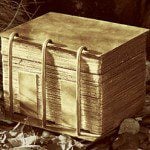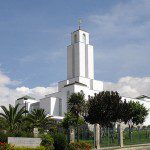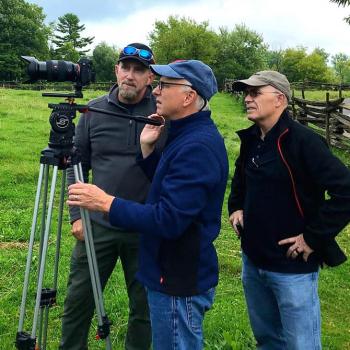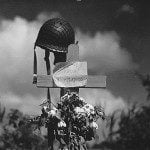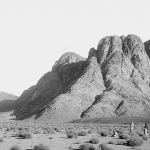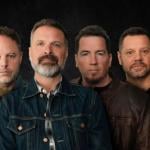
Learn More About Parts 5 and 6 of Volume 3 of the Critical Text Project of the Book of Mormon [cont.]
The first chapter of part 6 will reverse the common belief among LDS people that spelling had not yet been standardized when the Book of Mormon was published in 1830. Although in the early 1800s individuals showed great variety in spelling in their own writing, typesetters had been using an informally agreed upon spelling standard for English, one that dated from Samuel Johnson’s Dictionary of the English Language, published in 1755-56. John Gilbert, the typesetter for the 1830 edition, set the type for that edition of the Book of Mormon using standardized spellings, not Oliver Cowdery’s misspellings.
In the second chapter, the error rate in spelling is measured for John Gilbert as well as for Oliver Cowdery and the other Book of Mormon scribes: John and Christian Whitmer (scribes in the original manuscript for the first part of 1 Nephi); and Martin Harris and Hyrum Smith (who accounted for about 15% of the printer’s manuscript). Oliver Cowdery was by far the best scribe. Although he was a second-rate speller, he made relatively few scribal slips, which is the crucial issue. We can also show that Oliver’s spelling improved as he proofed the 1830 typeset sheets against his manuscript copy; unlike the other scribes, he was learning how to spell better as the 1830 Book of Mormon was being printed. Martin Harris (scribe 2 of the printer’s manuscript provides a significant contrast: his spelling was actually better than Oliver Cowdery’s, but his scribal errors were extremely high and made him an unreliable scribe. Christian Whitmer and Hyrum Smith are, on the other hand, the worst scribes, not only in their poor spelling but also in their numerous scribal slips. We are fortunate that Oliver Cowdery was the scribe for most of the original and printer’s manuscripts.
The majority of part 6 is dedicated to a complete analysis of all the nonstandard spellings in the manuscripts and the editions, organized according to sounds. For instance, under the sound /p/ the following misspellings are described (with specifications of who made them and where they were made, either in the manuscripts or in the editions):
in the manuscripts
p > pp opperation, opperate; sepparateth; uppon
pp > p hapen, hapened; hapy; suplicate, suplication; disapointment; soposing, suposed
non-doubling of p with endings claped, shiping, sliped, stoped, striped
in the editions
spelling variation for p ~ pp worshiped ~ worshipped, worshiping ~ worshipping, worshipers ~ worshippers
And finally, at the end of part 6, there is a complete word index for all of the misspellings and variant spellings.



